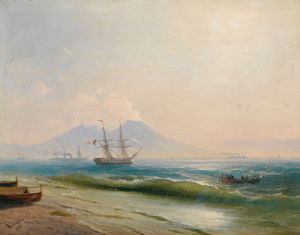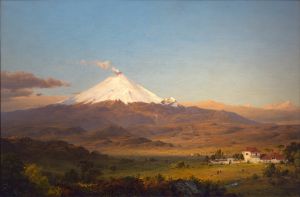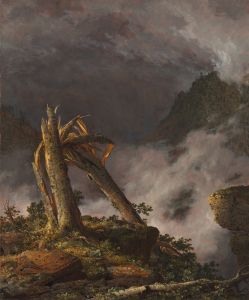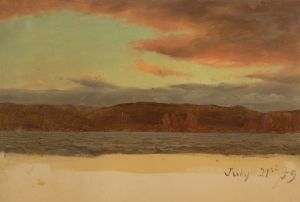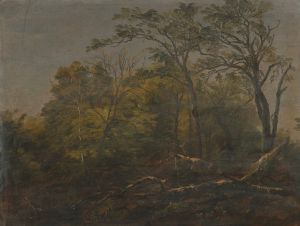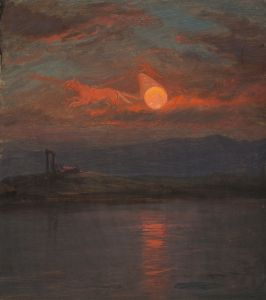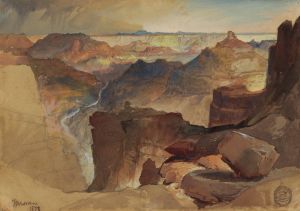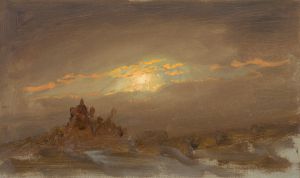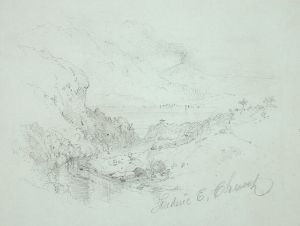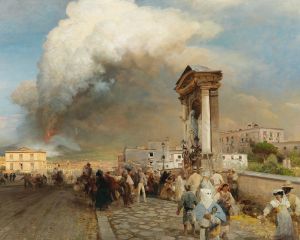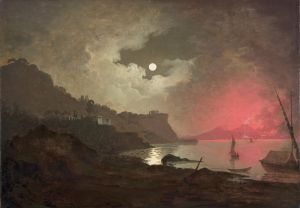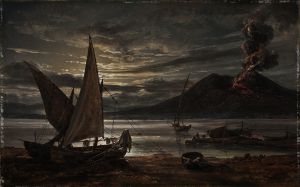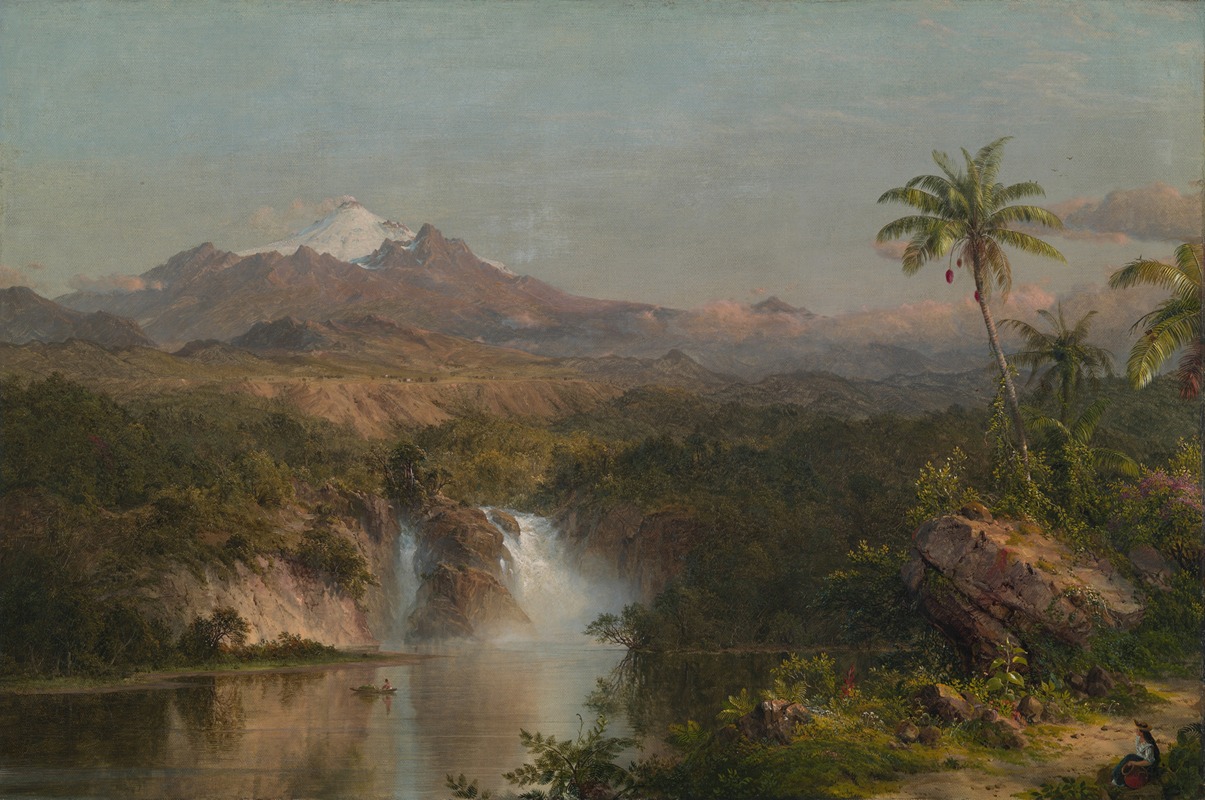
View of Cotopaxi
A hand-painted replica of Frederic Edwin Church’s masterpiece View of Cotopaxi, meticulously crafted by professional artists to capture the true essence of the original. Each piece is created with museum-quality canvas and rare mineral pigments, carefully painted by experienced artists with delicate brushstrokes and rich, layered colors to perfectly recreate the texture of the original artwork. Unlike machine-printed reproductions, this hand-painted version brings the painting to life, infused with the artist’s emotions and skill in every stroke. Whether for personal collection or home decoration, it instantly elevates the artistic atmosphere of any space.
"View of Cotopaxi" is a painting by the American landscape artist Frederic Edwin Church, a prominent figure of the Hudson River School. The artwork, completed in 1857, depicts the Cotopaxi volcano in Ecuador, one of the highest active volcanoes in the world. Church was known for his detailed and dramatic landscapes, often inspired by his travels and scientific interests. This painting is a testament to his fascination with the sublime power of nature and his ability to capture its grandeur on canvas.
Frederic Edwin Church visited South America in 1853 and 1857, inspired by the writings of the German naturalist and explorer Alexander von Humboldt. Humboldt's works, particularly "Cosmos," emphasized the interconnectedness of nature and encouraged artists and scientists to explore the natural world. Church's travels to Ecuador allowed him to study the region's dramatic landscapes firsthand, including Cotopaxi, which he sketched extensively during his expeditions.
In "View of Cotopaxi," Church presents the volcano in a moment of calm, with its snow-capped peak rising majestically above the surrounding landscape. The painting is notable for its meticulous attention to detail, vibrant use of color, and dramatic lighting, which highlight the contrast between the serene foreground and the imposing presence of the volcano in the background. The composition reflects Church's skill in balancing realism with a sense of the sublime, a hallmark of his work.
The painting also reflects the influence of Humboldt's ideas, as it conveys a sense of awe and respect for the natural world. Church's depiction of Cotopaxi is not merely a representation of a specific location but also an exploration of the relationship between humanity and nature. The artist's ability to evoke both the beauty and the power of the natural world made his works highly popular during his lifetime.
"View of Cotopaxi" is one of several paintings by Church that feature the volcano. Another notable work, "Cotopaxi" (1862), depicts the volcano in a more active and dramatic state, with smoke and ash billowing from its summit. These paintings demonstrate Church's ongoing fascination with Cotopaxi and his ability to capture its many moods.
Today, "View of Cotopaxi" is recognized as an important example of 19th-century American landscape painting and a key work in Church's oeuvre. It exemplifies the artist's technical skill, his engagement with contemporary scientific thought, and his ability to convey the majesty of the natural world. The painting is held in a private collection and continues to be celebrated for its artistic and historical significance.





